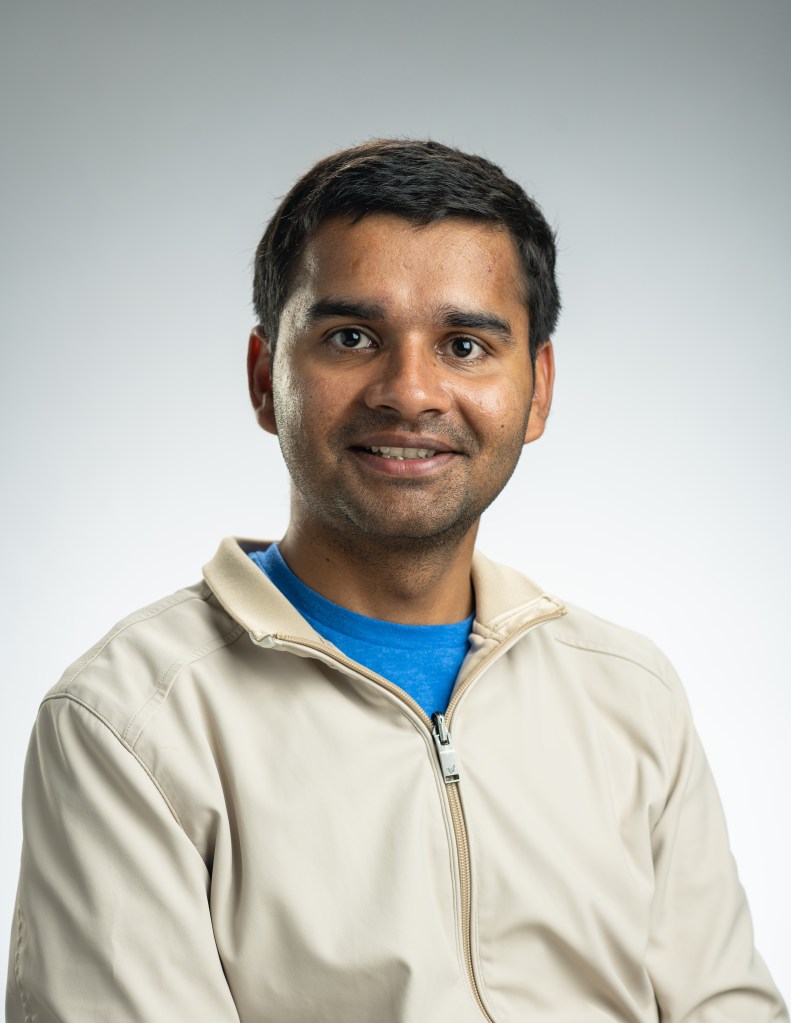Ramona Travis
Contents
Personal Essay
NASA and I were born in the same year, and our common adventures since then have led us down paths to both seek the excitement of looking outward to space and the awe of looking down at the wonder of our home in the universe—mother Earth. I grew up in those early days of NASA, watching TV shows like Star Trek, movies like 2001: A Space Odyssey, and the Kon-Tiki boat expeditions about early human exploration. I memorized the constellations, laying on the hood of our car on summer nights, looking up at the configurations of stars and pondering the early lore about them that I had learned in class. Carl Sagan was one of my favorite authors, along with assorted Sci-Fi storytellers and the ancient writers of Greek and Roman mythology who wrote about how the heavens came to be.
I’ve always had a sense of reverence and awe for our Earth—a special watery globe, teeming with life and patches of green and brown, that is perfectly matched to us. Or is it that we are matched to her? Humans were born here and need to understand her and care for her as we grow in our intelligence and abilities and, eventually, as we leave for other future homes beyond her embrace. I loved to read about early civilizations and the works of authors sharing insights about the environmental challenges facing our modern societies and earthly home. I’ve always been fascinated with our place as humans in the grand scheme of the world and the larger universe.
I’m a second-generation American with French-Canadian ancestors who were farmers, loggers, and trappers, and a Finnish grandmother who escaped during the Bolshevik Revolution to come to the US in her teens and never saw her Finnish family members again. Though I feel fully American with a respect and compassion for my heritage, the feel of immigrant status is not that far removed. Both of my parents repeated first grade because they weren’t fluent in English. Perhaps as a result of that experience, my parents held great respect and value for education and encouraged us to pursue our dreams and to go to college. They helped to instill a philosophy espoused by President John F. Kennedy when he announced that we would go to the moon… “…that we should do these things not because they are easy, but because they are hard…” I still remind myself of that when I know I need to go beyond my comfort zone to keep growing as a person.
In my elementary years, I went through stages of wanting to be a teacher and then an archeologist, a meteorologist, an environmental scientist, and an engineer. I started college wanting to be either an aerospace engineer or a civil engineer, and I excelled. However, after taking an elective geology course, my passion for science peaked again. I changed paths and moved toward environmental science and actually pursued all three of my degrees in plant and soil science.
I was hired by NASA to be a remote sensing research scientist using satellite images and ground data to map changes to the Earth’s surface and to better understand the impact of those changes on the Earth’s environment. Over the course of my career, I have been able to engage in all of my previously desired career paths in some form. I have taught science and geography as a part-time college professor and have managed programs involving university professors and students conducting research for NASA. My work as a soil scientist has many similarities to civil engineering, and I have even been involved in archeological studies using NASA ground penetrating radar equipment. My remote sensing work has involved meteorology. I have always worked closely with engineers in designing new remote sensing equipment. As the present chief technologist for the nation’s largest rocket engine testing complex at Stennis Space Center, I work daily with aerospace engineers and “rocket scientists” to help push the human frontier further into space. My advice to others: Don’t worry too much about picking a precise career path, but rather seek a career field that permits you to take advantage of opportunities to embrace your various passions over time.
My experiences with NASA have given me great moments from which to recall,: like the day I was first hired and made a pledge to the US government and felt the pride and immense responsibility of being a public servant; and the day I watched what seemed like the omnipotent presence of God in an aurora borealis as I sat next to an Arctic lake campfire after a day of field work; or the time I fearfully dodged alligators and snakes in the morning but fearlessly out-raced a lightning storm in our outboard boat while doing field work in the Louisiana marsh; or the fulfillment and tears that welled up inside me the time a past summer intern sent me a letter thanking me for the tremendous impact I had had on his college experience and career development; or the almost fantasy-like experience I had once as I swam in the midst of waters laden with phosphorescent diatoms in Puerto Rico—waters that pulsed with light with my every splash and stroke; or the time I saw the majesty and imagined the history of a herd of wild horses on a North Carolina barrier island adjacent to a site we were studying to help prevent island degradation and disappearance; or the time I shared a satellite image of vast Canadian peat bogs with a tribal leader and learned far more from him and his unique and intimate understanding about the terrain’s environmental status than my mere technology could ever unveil.
We all build on those who came before us. Those missions outward into space are not mine to make physically, but a piece of me will be with those who do. Let me end by sharing much as I started—that in my latter years with NASA, I look forward to continuing to do my part in helping to make strides toward advancing human presence in the universe while keeping my feet grounded here on Mother Earth. Hopefully, your dreams will build on those like mine, furnish you a career path that will not only nourish your mind but also your soul, and will carry you through the next steps in this human adventure.
Biography

When someone shares a birthday with NASA, it might seem natural that a future career with the US space agency would be “in the stars,” as was the case with Ramona Travis. But her ultimate destination had little to do with mythology, and everything to do with commitment, drive, and a natural curiosity about our own Earth and what’s beyond. “I’ve always been fascinated with our place as humans in the grand scheme of the world and the larger universe,” she said. As a young woman, she looked up at the stars and memorized the constellations. Today at NASA, she is the one who is looked up to…and the types of configurations she now memorizes are different yet just as complex. Dr. Travis currently serves in Stennis Space Center senior management as the Center Chief Technologist and advises the center on technology issues. She is responsible for coordinating and managing intellectual property assets and technology transfer, and facilitating innovative technology partnerships between the center and other organizations. Prior to this, she served as the university affairs officer. She actively encourages those who also aspire to someday reach such heights. “Hopefully, your dreams will build on those like mine, furnish you a career path that will not only nourish your mind but also your soul, and will carry you through the next steps in this human adventure,” she said. Dr. Travis earned a Bachelor’s degree and a Master’s degree from Auburn University, and a PhD From Louisiana State University.
























